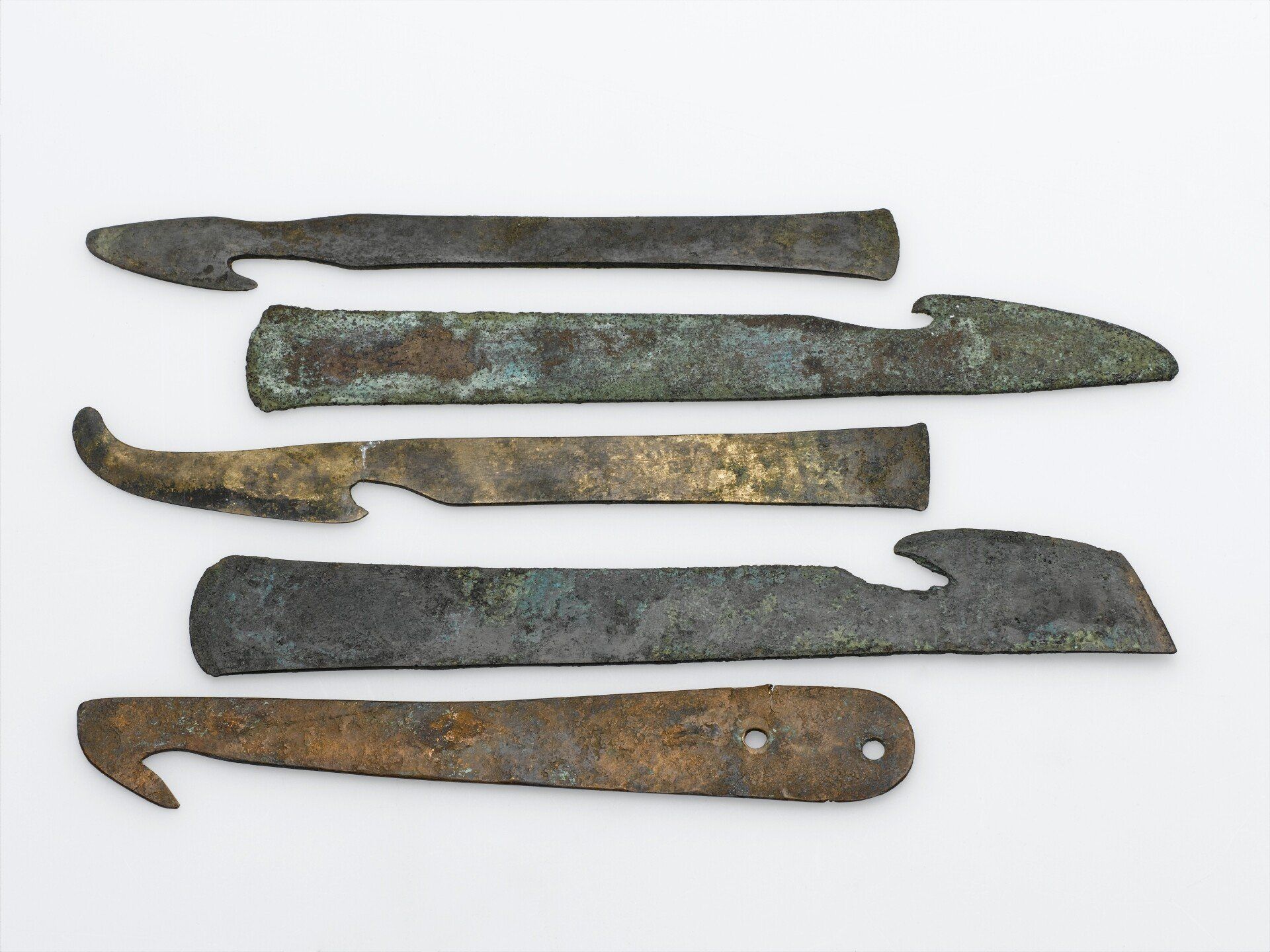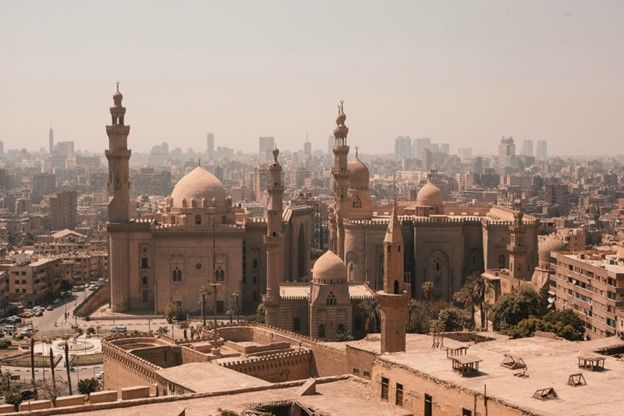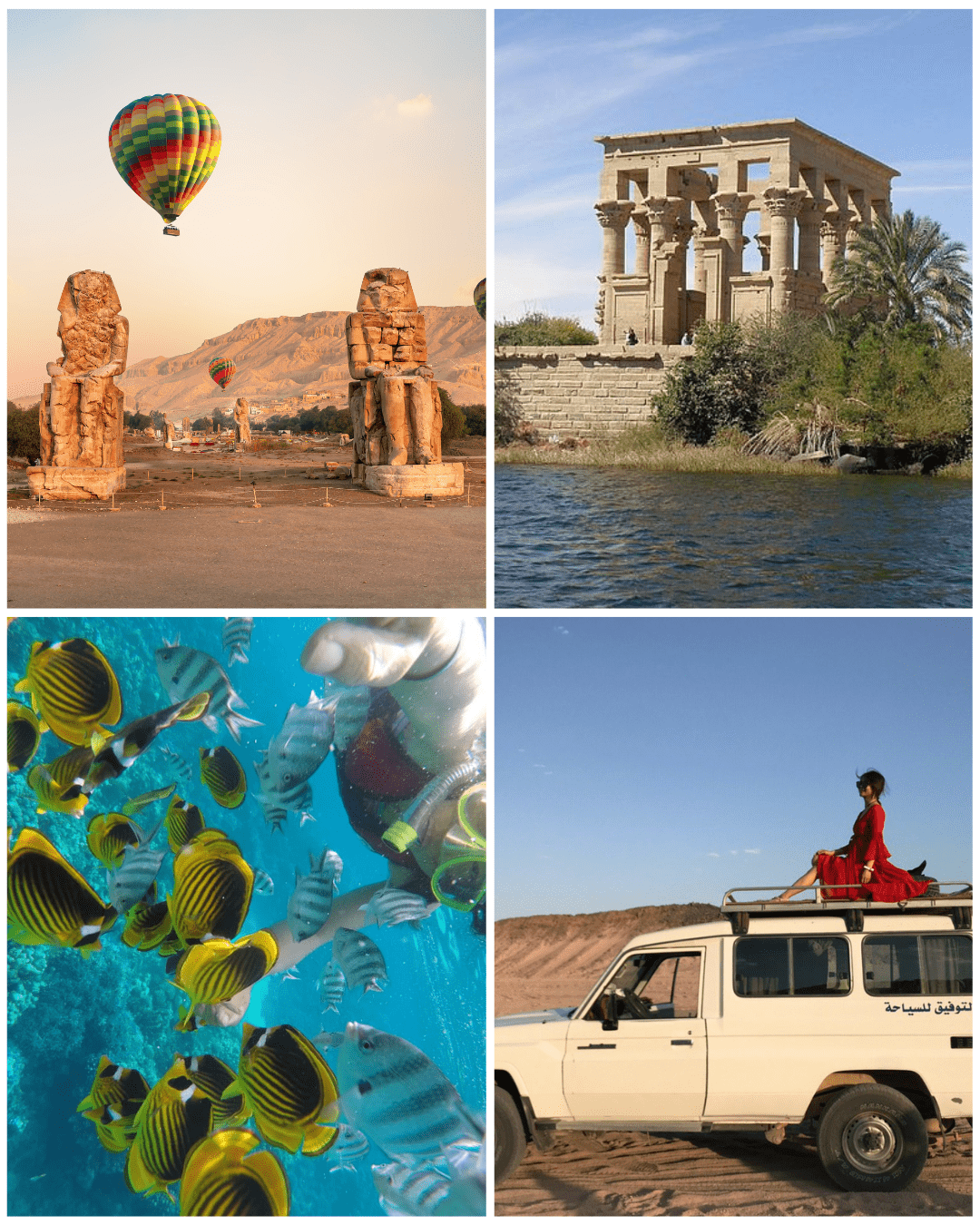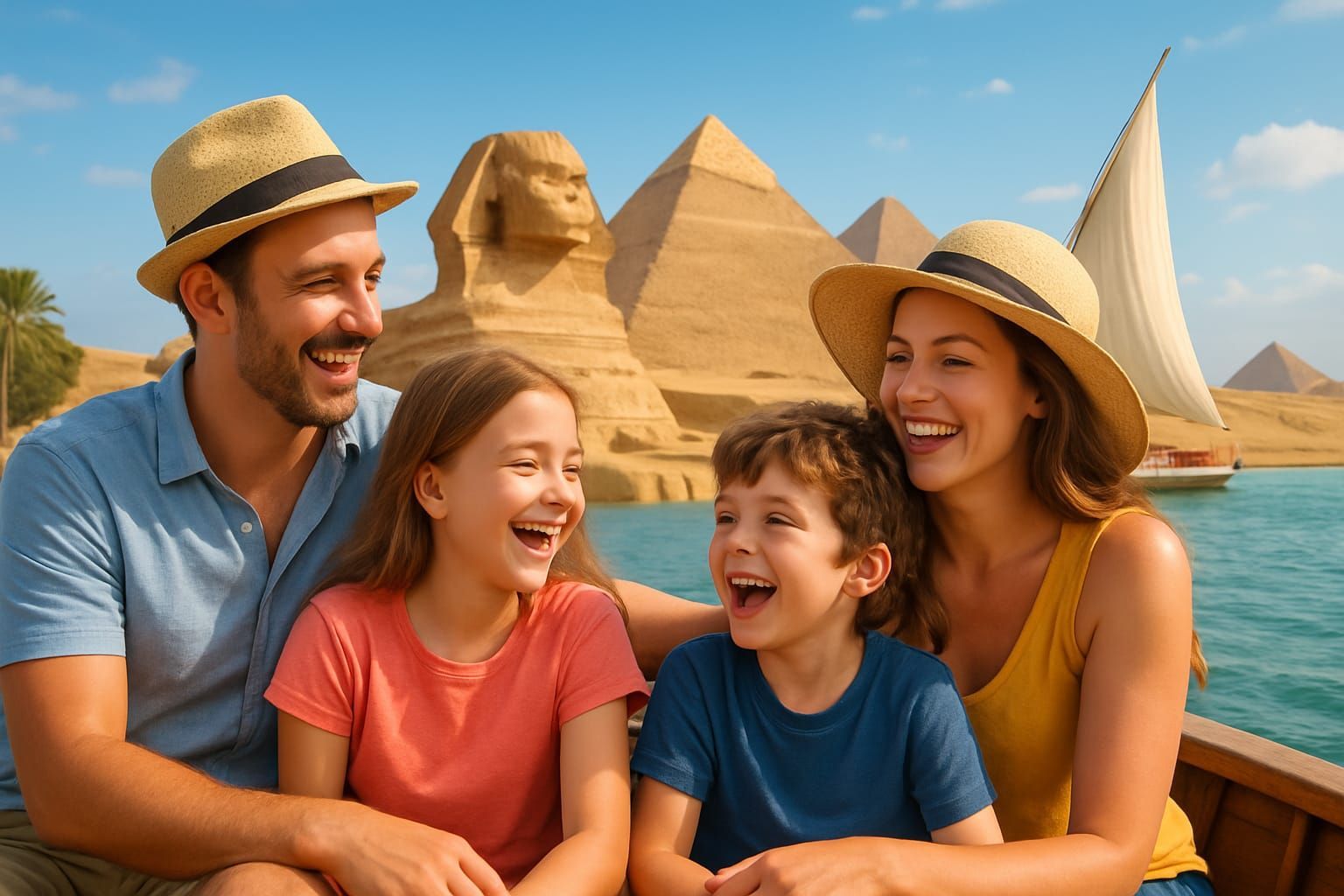Unwrapping the Mysteries of Egypt’s Royal Mummies
Along with the great pyramids, mummies are one of the most iconic elements of Ancient Egyptian culture. This year, the subject sparked new interest when the mummified remains of 18 pharaonic kings and four queens were moved from the Egyptian Museum in downtown Cairo to the new National Museum of Egyptian Civilization in Fustat. Their relocation was marked by a televised spectacle known as The Pharaohs’ Golden Parade, whereby each mummy was transported in a climate-controlled case, mounted on a military truck designed to resemble the funerary barges of the ancient world. Accompanied on their one-hour journey by a procession of celebrities, costumed singers, and mounted guards, it was a celebration of pharaonic heritage designed to reignite global interest in Egypt’s ancient history.
The mummies, which were originally buried between 3,500 and 3,100 years ago in the tombs of the Valley of the Kings and Deir al-Bahri, included some of the most famous names of the ancient world. Among them were Ramesses II, ruler of Egypt for 67 years; and Hatshepsut, Egypt’s most successful female pharaoh. The fact that the physical remains of these rulers have survived throughout the millennia has inspired us to take another look at the process for which their civilization is so famous.
Why Were Ancient Royals Mummified?
As far back as the 2nd Dynasty (2800-2650 BC), mummification was an integral part of the Egyptian funerary process. A type of embalmment, it was used to preserve the body so that the ka, or soul, would wish to return to it after death and therefore revive the body for use in the afterlife. It was one step in a long list of rituals that had to be performed in order to ensure immortality, with others including the casting of spells to ward off evil, the opening of the deceased’s mouth to allow them to speak in their defence during judgement, and the burial of certain items that would be required in the afterlife.
Members of the royal family were not the only ones to be mummified. Mummification was available to anyone who could afford it, with three different processes offered to cater to varying budgets. Animals were often mummified, too; over one million non-human mummies have been discovered in Egypt, including beloved pets (often cats), animals that would have a purpose in the next life (such as hunting dogs or falcons), and those with a religious connection (like sacred ibises). These animals would have been buried in the tomb of their master or mistress, in order to pass through to the afterlife with them.
The Perfect Mummification Process

Of the three mummification methods available, royalty would inevitably have chosen the most expensive, or “perfect” process – not only for religious reasons, but as an expression of their wealth and power. The steps were very precise, although they likely evolved somewhat over the course of the almost 3,000 years between when the practice began and when it died out (during the Roman period). Mummification took approximately 70 days, and was carried out by priests especially trained in the art of embalming. The best preserved mummies, including some of those featured in the recent Pharaohs’ Golden Parade, date to between the 18th and 20th Dynasties.
Brain
Before the process began, the body would have been carefully washed. Next, the brain was extracted from the cranium. Methods for doing this seem to have varied; either, a metal hook was inserted into the nostril and used to draw the brain out piece by piece. Or, a rod was inserted into the cranium and used to break the brain up, until the liquefied remains could be drained out of the nose. The brain was not considered to hold any particular importance, and could therefore be disposed of. Once it was gone, the cranium was filled with hot tree resin to prevent further decomposition.
Abdominal Organs
Next, the abdomen was opened and most of the major organs were removed. These were then placed in canopic jars, especially carved out of clay or alabaster for this purpose. Each one had its own, uniquely shaped lid meant to represent one of the four sons of Horus. The liver was stored in a jar with the human head of Imsety, the lungs in one with the monkey head of Hapy, the stomach in one with the jackal head of Duamutef, and the intestines in a jar with the hawk head of Qebhseneuf. The jars would usually have been placed next to the body in the tomb, to be reunited with it in the afterlife. Sometimes, the organs were wrapped and returned to the body.
Heart
The exception to this process was the heart, which was always left inside the body. This is because the Ancient Egyptians believed that once they reached the hall of judgement, the heart would be removed and placed on a scale against the Feather of Maat. If the heart was found to be lighter than the feather, the deceased was deemed to have lived an honourable life and could move on to the Egyptian equivalent of heaven. If it was heavier, the heart would be immediately consumed by the part hippo, part lion, part crocodile goddess Ammit, and the owner would be doomed to eternal life in the underworld.
Dehydration and Wrapping
Once all necessary organs had been removed, the body was washed out with palm wine and spices before being packed with natron (a naturally occurring substance similar to salt). Then, it was left for 40 days to dehydrate before being exhumed from its natron bed and washed with wine and oil. Finally, the body was wrapped tightly with strips of linen, often with amulets tucked in between the layers to deter evil spirits. The linen would have been coated in resin to keep out moisture, and then sealed into a wooden sarcophagus. Especially wealthy or important royals would also have had a decorative funeral mask and shroud, and their sarcophagus would have been elaborately gilded and painted.
Iconic Royal Mummy Discoveries
The first two royal mummies were discovered in a tomb in the Valley of the Kings near Luxor in 1817, by Italian explorer and archaeologist, Giovanni Battista Belzoni. Then, in the mid-1870s the Abd el-Rassul family discovered a cache of royal mummies that had been relocated from their original tombs in antiquity and stored together near Deir el-Bahri in an attempt to deter grave robbers. As legend has it, one of the el-Rassul brothers stumbled upon the cache by accident after following a lost goat into what transpired to be the tomb’s shaft.
The cache, now known as TT320, was plundered by the family for over a decade before authorities traced the appearance of unknown antiquities in the markets of Luxor back to them. After a family feud, one of the brothers admitted the tomb’s existence and location and it was formally excavated in 1881. Forty-five mummies were discovered, amongst them many of the famous kings of the 17th to 20th Dynasties and the High Priest of Amun, Pinedjem II. These included Ramesses I, II, III, and IX, Thutmose I, II, and III, and Amenhotep I.
In 1898, a second cache of royal mummies was discovered in the Valley of the Kings by French Egyptologist Victor Loret. Originally intended as the tomb of Amenhotep II, it was later used to store many other royal remains including those of Thutmose IV, Amenhotep III, Seti II, and Ramesses IV, V, and VI. Perhaps most interesting was the mummy of an unnamed princess known as The Younger Lady. Claims were originally made that she might be famous queen Nefertiti; but later DNA testing proved her to be the biological mother of Tutankhamun.
Of course, Tutankhamun’s own tomb remains one of the most important archaeological discoveries of all time. When the team led by British archaeologist Howard Carter opened the burial chamber in 1922, they found an untold wealth of unspoiled artefacts – so many, in fact, that it took eight years for them to be recorded and removed. Much of what we know about Ancient Egyptian burial rituals comes from this tomb, as do many of the ancient world’s most priceless treasures, including the boy king’s golden sarcophagus and funerary mask.
Lessons Learned from Mummies
Mummies have always held a particular fascination not only for members of the general public, but for the people who have dedicated their lives to the study of Ancient Egypt. This is because their well-preserved state allows them to gain invaluable insights into how Egyptian royalty lived, their beliefs, their burial processes, and much more. In this era of modern technology, scientists have even more tools at their disposal for uncovering the mummies’ secrets – including CT scanning and DNA testing. Now, we are able to accurately establish relations between mummies and even name them with the help of historical sources.
In 2005, CT scans of Tutankhamun’s mummy were able to prove that the young king was just 19 when he died. Traditionally, Egyptologists hypothesised that he was murdered, due to a loose piece of bone inside his skull that suggested a fatal head trauma. However, the scans showed that this damage happened post-mortem, and that Tutankhamun not only lived with a club foot, but also suffered a major thigh fracture. It’s likely that this wound became infected as a result of an immune system weakened by malaria, and that’s what ultimately caused his death. DNA testing also showed that Tutankhamun was the product of an incestuous marriage between brother and sister, which could explain his congenital deformities.
How to See the Mummies Yourself
If, like countless people before you, you find yourself entranced by the Ancient Egyptians and their royal mummies, there’s good news – you can meet them for yourselves in several places. The Royal Mummies Hall at the National Museum of Egyptian Civilisation is now open and welcoming visitors. Here, you will see 20 of the mummies featured in The Pharaohs’ Golden Parade on display, in a dark, circular, maze-like room with spotlights on its royal residents. The setting is meant to evoke the atmosphere of their original resting places in the Valley of the Kings. Alongside the mummies and their sarcophagi, visitors will also be able to view tech-forward x-rays and scans.
If you want to see the most famous mummy of them all – that of boy king Tutankhamun – you’ll need to journey to the Valley of the Kings, where his mummified body was reinstated in its original tomb in 2007. Now encased in a climate-controlled glass box, it is protected from the ravages of time and humidity forevermore. The grand accoutrements with which Tutankhamun was buried are no longer in the tomb, however. Previously on display at the Egyptian Museum, they have recently been relocated to the Grand Egyptian Museum in Giza.
Due to open towards the end of 2021, this state-of-the-art building will be the first ever to display all 5,400 items from King Tut’s tomb in exactly the way that they were found by Carter in 1922 – giving you the opportunity to experience the thrill of his seminal discovery for yourself.
Need helping planning your royal mummy adventure? Get in touch with Pyramids Land Tours today, for itinerary advice, day trips, and tours led by fully trained Egyptologists.












